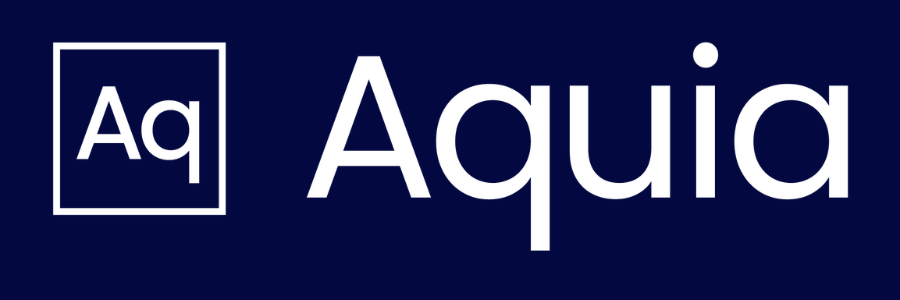The Case for Centralized GRC in Federal Health Care
If federal healthcare security were a road trip, it would have started off as a convoy of separate vehicles — each doing its own thing, taking its own route, stopping for its own snacks. But now that road is rapidly becoming a high-speed expressway, with a single control tower guiding traffic and clearing the lanes. And what’s taking that pilot seat? Governance, Risk and Compliance (GRC).
Federal health care security has long operated through fragmented systems — each contract, contractor, and system managing its own governance, risk, and compliance (GRC) efforts. This results in contradictory risk reports, unsynchronized dashboards, and scattered audit trails across silos.
If you’ve ever sat in a meeting with three different “authoritative” risk reports open at once, you know the problem. One spreadsheet says “low risk,” another says “medium,” and a third insists “we’ll get back to you after the next audit.”
That’s what happens when GRC functions like authorization, risk assessment, and SaaS oversight live in their own silos. Each one uses a different process, a different tool, and sometimes a completely different definition of “done.” The result? Duplication, wasted resources, and no single version of the truth.
Why Agencies are Centralizing Now
Centralization creates a unified structure where risk, compliance, and authorization operate from the same playbook. Instead of six teams checking the same control in six different ways, one coordinated system checks it once and shares the evidence everywhere. Consolidation offers three compelling benefits:
Simplified contract environment: Fewer unique vehicles, more shared frameworks, fewer redundant GRC efforts.
Architectural coherence: A unified governance model ensures that every system — legacy or modern, cloud or on-site — follows the same baseline controls.
Enterprise visibility and agility: Leadership gains a single pane of glass for risk posture, enabling quicker decisions and eliminating duplicate work.
The Architecture Problem No One Talks About
It’s easy to think the problem is paperwork, but the real chaos is architectural. Modern health care environments run on a mix of public clouds, private clouds, SaaS platforms, and “that one legacy system we can’t touch because no one remembers the root password.” Each uses its own security controls and monitoring tools.
When you have hundreds of systems with overlapping boundaries and multiple implementation teams, coherence goes out the window. A well-intentioned update in one place can create a security blind spot in another. For example, you may have a cloud-native API that complies with its own contract’s controls, but when integrated into the broader environment, it breaks an inheritance chain or introduces an unmanaged identity pool. Without centralized oversight, the security seams start showing.
Centralized GRC fixes this by aligning everything under a single governance model.
Modern GRC: Automated, Not Bureaucratic
When many people think of centralization, they may envision bureaucracy, rubber-stamped reviews, and delays. That couldn’t be further from the truth when we’re talking about modernizing GRC. Today's GRC systems operate through automation, real-time monitoring, and compliance-as-code:
Security controls validate automatically
Evidence flows from cloud logs directly into compliance dashboards
Authorizing officials access real-time risk data instead of quarterly reports
This automation eliminates bottlenecks. Developers get instant feedback, compliance teams stop chasing documentation, and leadership sees dynamic, enterprise risk data.
The Interoperability Challenge
Health care’s embrace of standards like the Fast Healthcare Interoperability Resources (FHIR) and API-driven data exchange creates new risk vectors. Every new data-sharing connection expands the attack surface, and every partner must prove compliance
Centralized GRC provides a unified governance framework where every participating system — internal or partner — operates under consistent access controls, authentication policies, and continuous monitoring.
Consolidation delivers:
A single source of truth across systems and teams
One control tested once, reused everywhere
Faster authorizations: from months to weeks, or continuous approval
Real-time insight into where risk actually lives
The Bottom Line
As federal health care systems, data, and missions become more interconnected, fragmented compliance can’t keep pace. Centralized GRC enables secure innovation by giving security teams coherence, developers freedom, and leadership the visibility they need.
Interested in learning more? Join us for our LinkedIn Live, “Enabling Health Care Interoperability at Scale: Security, Governance, and Quality Metrics,” where we’ll discuss the crossroads of security, governance, and measurement.
If you’re interested in learning more about how we have helped federal agencies modernize their compliance programs, contact us at federal@aquia.us.


